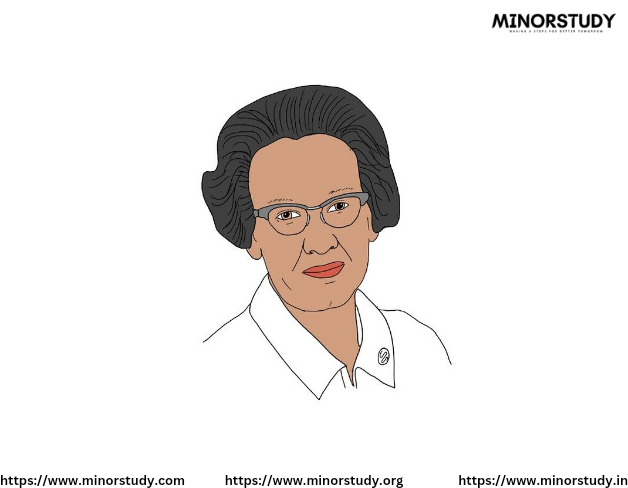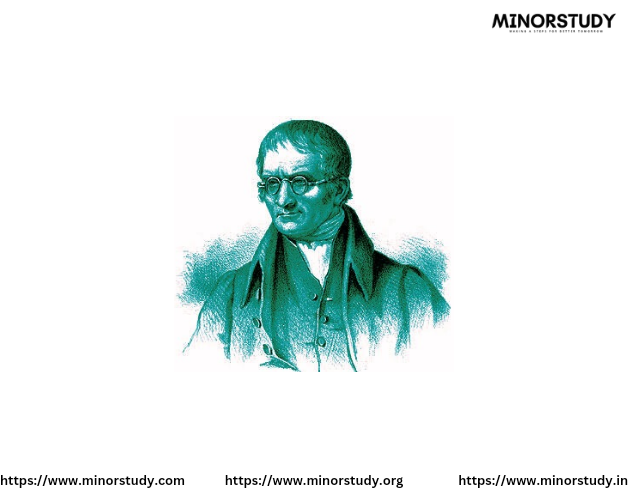Katherine Johnson
- Minorstudy Web blogs
- Dec 6, 2024
- 3 min read

Katherine Johnson (August 26, 1918 – February 24, 2020) was an African American mathematician and physicist whose groundbreaking work in aerospace engineering was instrumental to the success of the early United States space missions. Her work at NASA (National Aeronautics and Space Administration) contributed significantly to the U.S. space program, including calculations for orbital trajectories and lunar landings.
Early Life and Education:
Born: August 26, 1918, in White Sulphur Springs, West Virginia.
Katherine showed early academic excellence in mathematics, graduating summa cum laude from West Virginia University in 1937 with degrees in mathematics and French.
She began her professional career as a teacher, but in 1953, she joined the National Advisory Committee for Aeronautics (NACA), which later became NASA.
Key Contributions:
1. Trajectory Calculations for Space Missions:
Katherine Johnson is most renowned for her critical role in calculating orbital trajectories for the first American in space, Alan Shepard, in 1961, and for John Glenn’s orbital flight in 1962.
Johnson’s calculations for Glenn’s flight were so precise that Glenn specifically requested her to verify the electronic computing results before his mission, which marked a pivotal moment in the space race.
2. Lunar Landing and Apollo Program:
Johnson contributed to the Apollo missions, including the Apollo 11 moon landing. She calculated the trajectory for Apollo 11’s journey to the moon, ensuring the mission’s success.
Her work in orbital mechanics was also crucial for the safe re-entry of the astronauts back to Earth.
3. Mathematics of Air Traffic and Early Space Programs:
During her time at NACA and NASA, Katherine Johnson worked on flight path and trajectory analysis for numerous aircraft and space vehicles, including the X-15 rocket plane and the first human spaceflight missions.
She also worked on navigation systems for aircraft during World War II, playing an important role in ensuring safe and efficient flight operations.
Challenges and Recognition:
Johnson faced significant racial and gender-based barriers throughout her career. As an African American woman in a segregated and male-dominated field, she had to overcome systemic racism and sexism.
Despite these challenges, her remarkable contributions were eventually recognized. In 2015, she was awarded the Presidential Medal of Freedom, the highest civilian honor in the United States, by President Barack Obama.
In 2016, her life and work gained wider recognition through the movie "Hidden Figures," which highlighted the important contributions of Johnson, along with Dorothy Vaughan and Mary Jackson, to NASA’s space missions during the 1960s.
Legacy:
Katherine Johnson’s legacy extends beyond her mathematical expertise. She paved the way for women and minorities in STEM fields and served as a trailblazer for the generations of women and people of color who followed in her footsteps.
Her accomplishments continue to inspire young people, particularly women and minorities, to pursue careers in science, technology, engineering, and mathematics (STEM).
Johnson’s work remains foundational to modern space exploration and is celebrated for its impact on the United States' success in space missions, especially in the context of the Space Race during the Cold War.
Quotes:
"I don’t believe there are any limitations on how much you can do."
"The work you do is not going to be easy, but that’s no reason not to do it. You must put the work in."
Significance:
Katherine Johnson’s mathematical expertise directly influenced some of the most important achievements in the history of space exploration. Her contributions to NASA, especially her work on orbital trajectories, spaceflight calculations, and the Apollo moon missions, have left an indelible mark on space science. As one of the few African American women in the scientific community at the time, her story is a testament to perseverance, brilliance, and breaking through barriers. She remains a symbol of how far determination, talent, and courage can take individuals in the face of adversity.











Comments